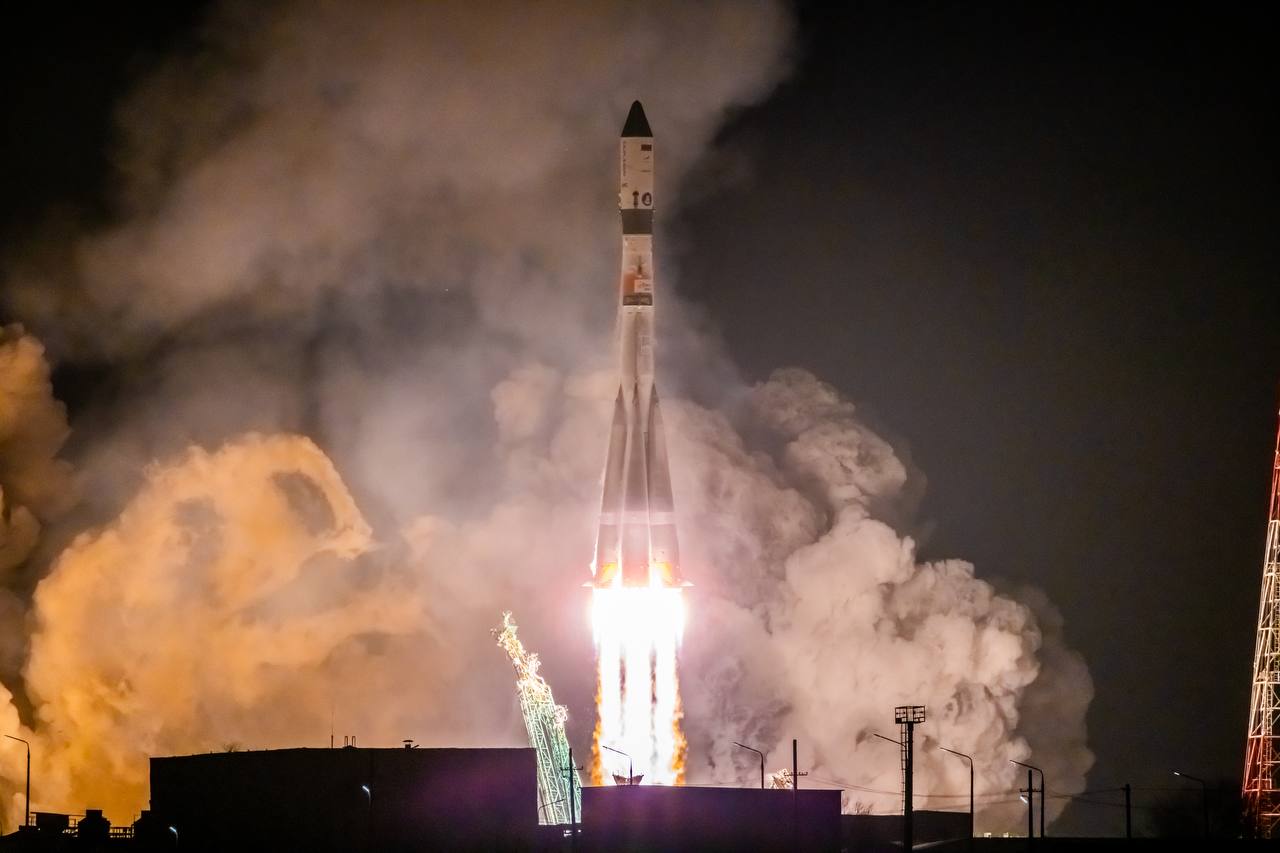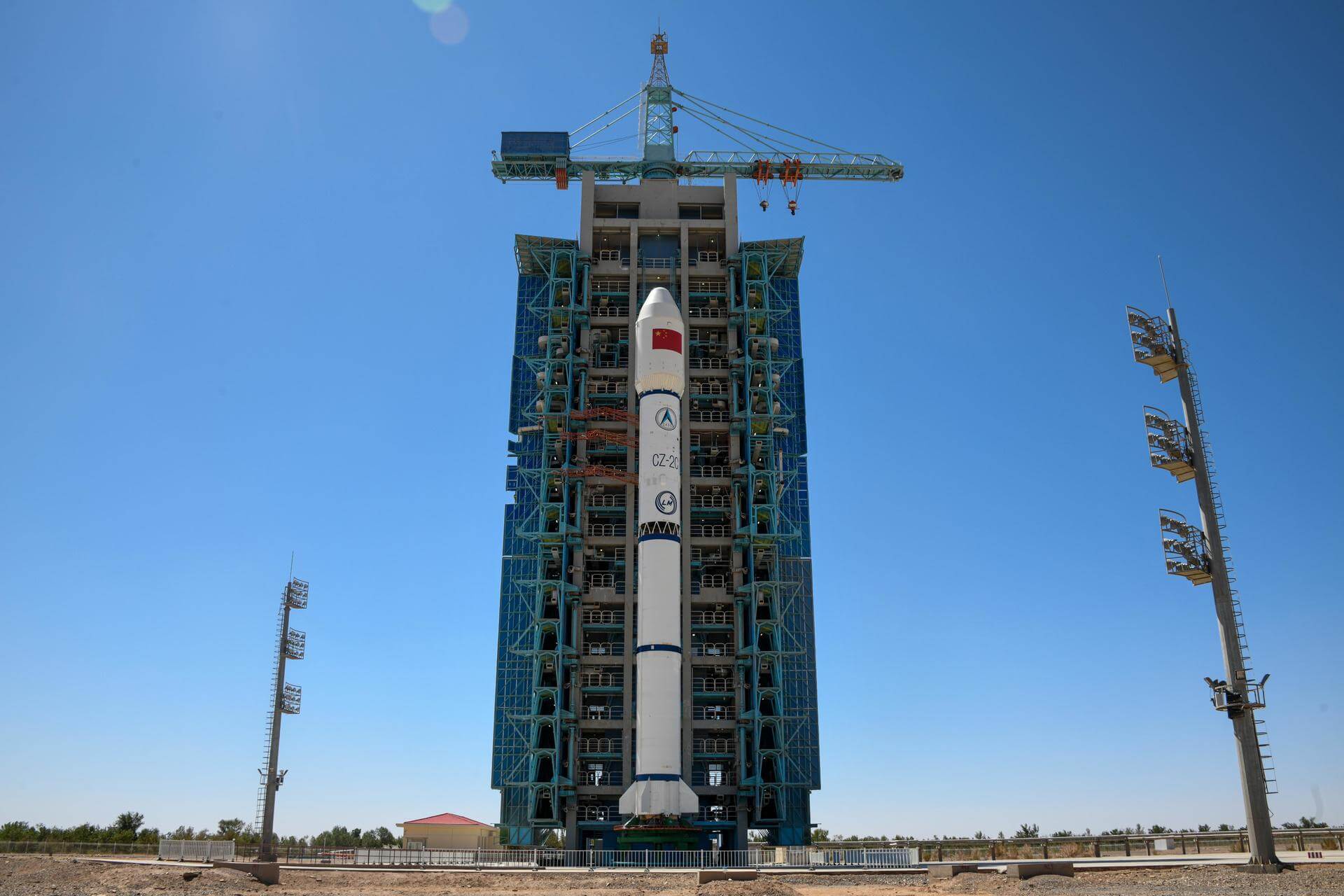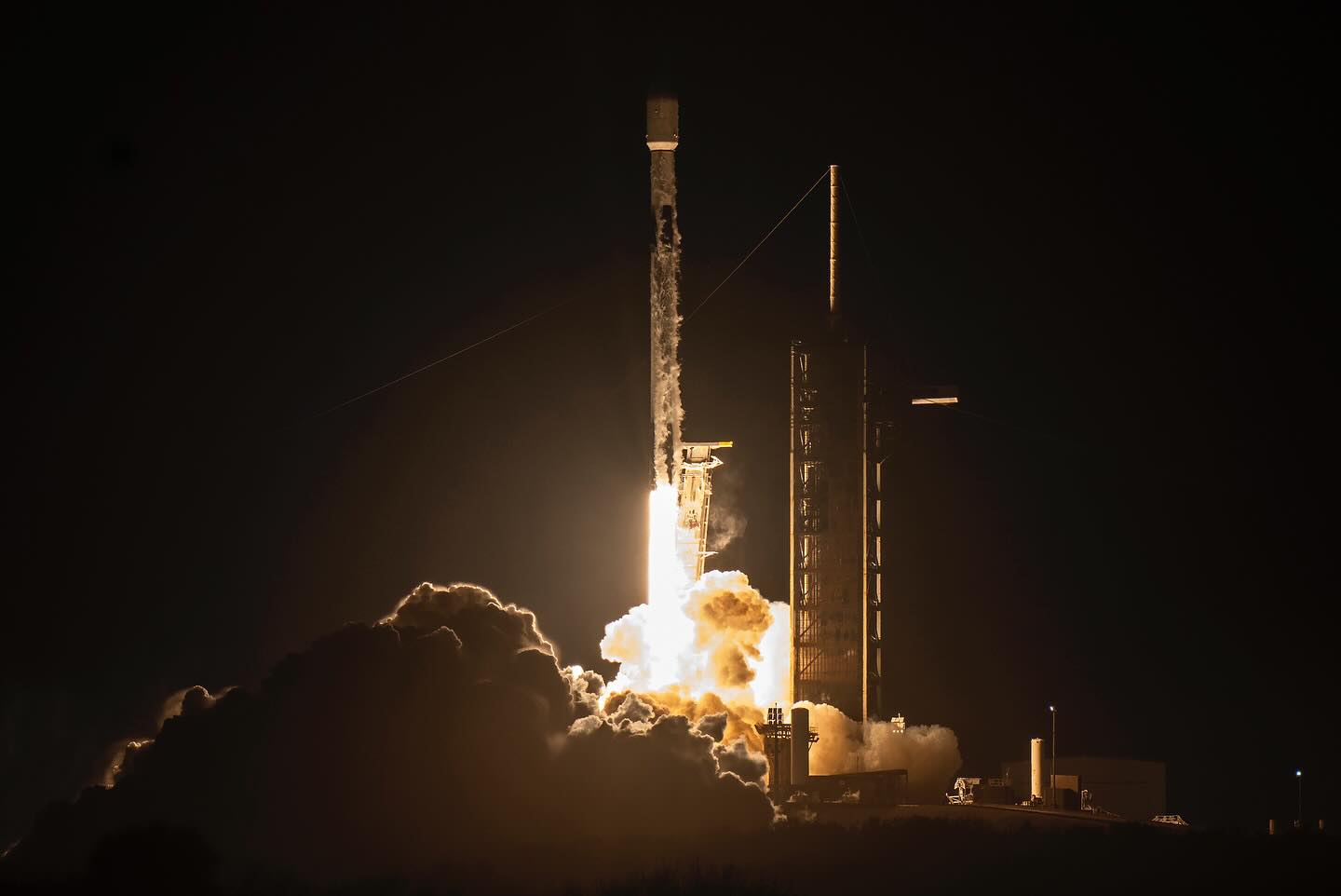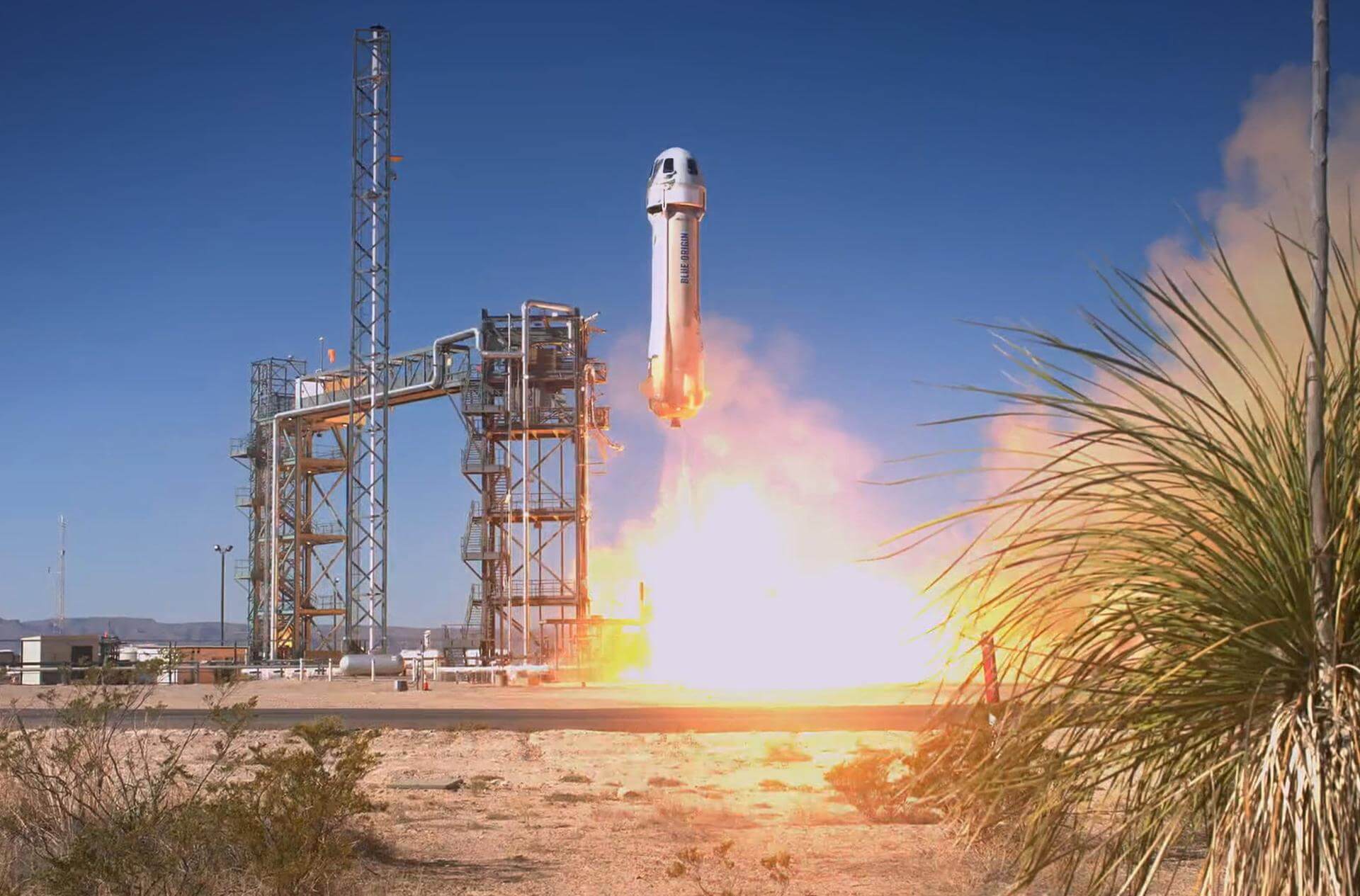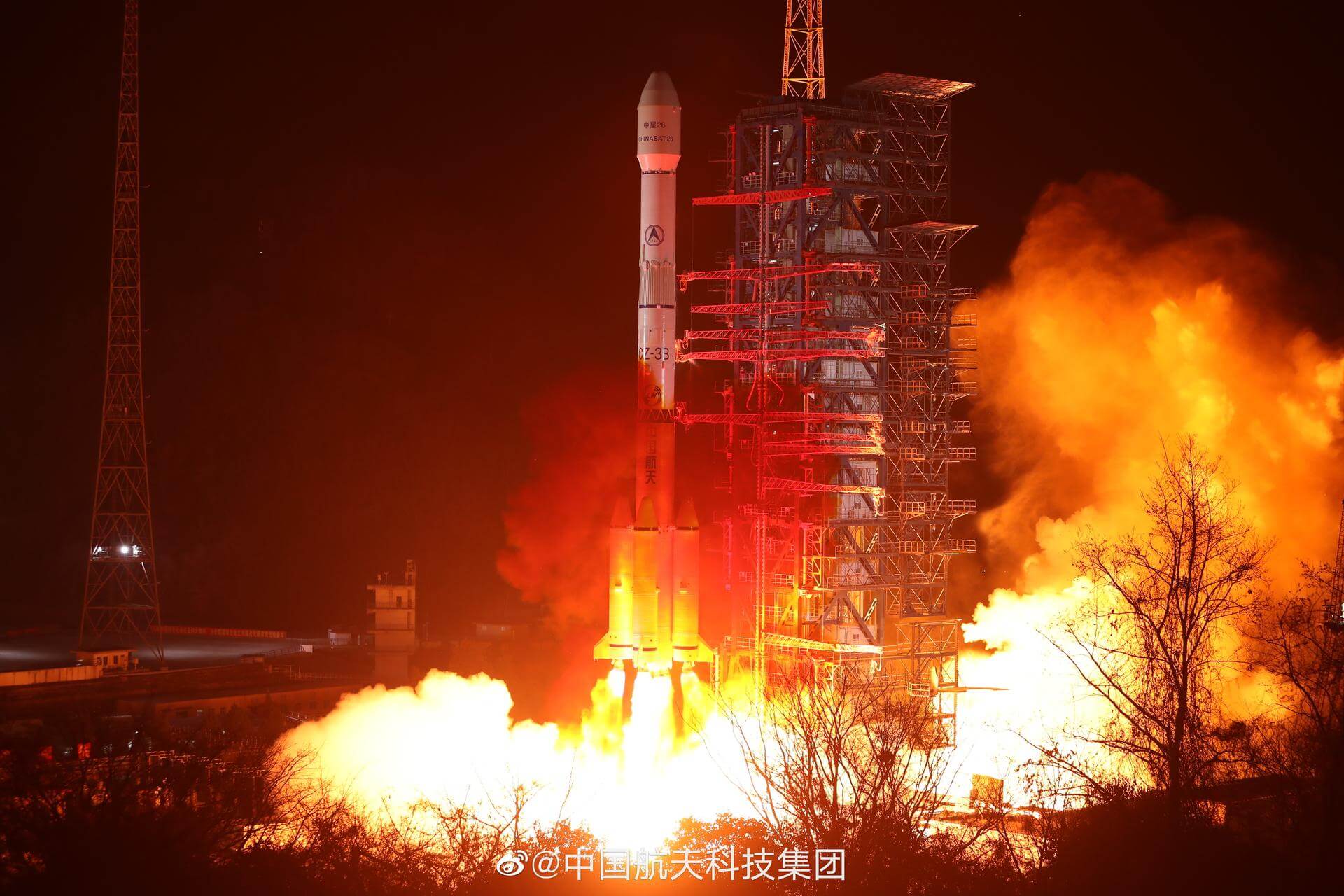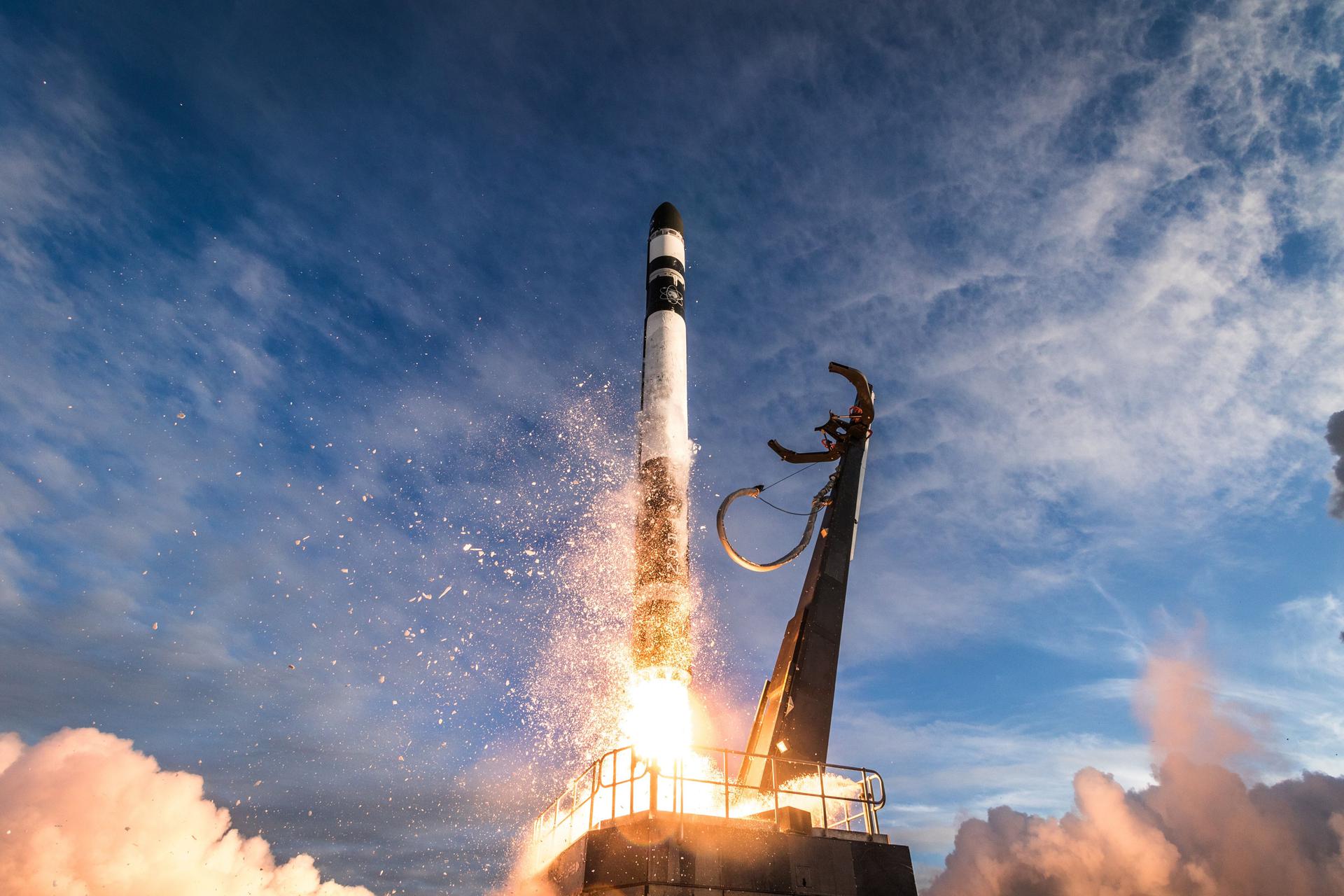Previous Spaceflight Launches
Filter by Agency, Locations or Vehicles
Show All LaunchesSoyuz 2.1a | Progress MS-30 (91P)
Progress Rocket Space Center | RussiaBaikonur Cosmodrome, Republic of Kazakhstan
Feb. 27, 2025, 9:24 p.m.
Long March 2C | SuperView Neo 1-03 & 04
China Aerospace Science and Technology Corporation | ChinaJiuquan Satellite Launch Center, People's Republic of China
Feb. 27, 2025, 7:08 a.m.
Falcon 9 Block 5 | Starlink Group 12-13
SpaceX | United States of AmericaCape Canaveral SFS, FL, USA
Feb. 27, 2025, 3:34 a.m.
Falcon 9 Block 5 | Nova-C IM-2 & Others
SpaceX | United States of AmericaKennedy Space Center, FL, USA
Feb. 27, 2025, 12:16 a.m.
Status: Launch Successful
Mission:
This is the second mission of Nova-C lunar lander developed and built by Intuitive Machines. This time it carries a NASA payload called PRIME-1 (Polar Resources Ice Mining Experiment-1), which is to be the first demonstration of in-situ resource utilization on the Moon. PRIME-1 consists of two instruments: TRIDENT drill and Msolo mass spectrometer. Also on board are: * Lunar Trailblazer, a small (class D) lunar orbiter, part of NASA's SIMPLEx program, that will detect and map water on the lunar surface to determine how its form, abundance, and location relate to geology. Its mission is to aid in the understanding of lunar water and the Moon's water cycle. * Odin, a spacecraft for AstroForge, a company that plans to mine asteroid resources. Odin intends to head into deep space to observe near-Earth asteroid 2022 OB5 in preparation for their first retrieval mission. Odin will fly by the asteroid at a distance of about 1 kilometer, arriving 11 months after launch. * CHIMERA GEO 1, a transfer spacecraft by Epic Aerospace to a geostationary orbit, with the aim of covering an orbital position. For this launch, CHIMERA-GEO is carrying an unidentified 16U cubesat manifested by Exolaunch.
Lunar Orbit B1083 - Flight Proven ( ) A Shortfall of GravitasNew Shepard | NS-30
Blue Origin | United States of AmericaCorn Ranch, Van Horn, TX, USA
Feb. 25, 2025, 3:49 p.m.
Falcon 9 Block 5 | Starlink Group 15-1
SpaceX | United States of AmericaVandenberg SFB, CA, USA
Feb. 23, 2025, 1:38 a.m.
Long March 3B/E | ChinaSat 10R
China Aerospace Science and Technology Corporation | ChinaXichang Satellite Launch Center, People's Republic of China
Feb. 22, 2025, 12:11 p.m.
Falcon 9 Block 5 | Starlink Group 12-14
SpaceX | United States of AmericaCape Canaveral SFS, FL, USA
Feb. 21, 2025, 3:19 p.m.
Falcon 9 Block 5 | Starlink Group 10-12
SpaceX | United States of AmericaCape Canaveral SFS, FL, USA
Feb. 18, 2025, 11:21 p.m.
Status: Launch Successful
Mission:
A batch of 23 satellites for the Starlink mega-constellation - SpaceX's project for space-based Internet communication system. First Starlink launch to feature a Falcon 9 booster landing within The Bahamas waters.
Low Earth Orbit B1080 - Flight Proven ( ) Just Read the InstructionsElectron | Fasten Your Space Belts (BlackSky Gen-3 1)
Rocket Lab | United States of AmericaRocket Lab Launch Complex 1, Mahia Peninsula, New Zealand
Feb. 18, 2025, 11:17 p.m.
Status: Launch Successful
Mission:
The first of five BlackSky Technology missions to deploy its new next-generation BlackSky Gen-3 satellites. The commercial constellation of Gen-3 satellites has the capability to produce imagery with 50-centimeter resolution and host multiple sensors, including in shortwave infrared (SWIR). The improved resolution and enhanced spectral diversity of the Gen-3 satellites will expand BlackSky's ability to provide real-time information to its customers.
Low Earth Orbit